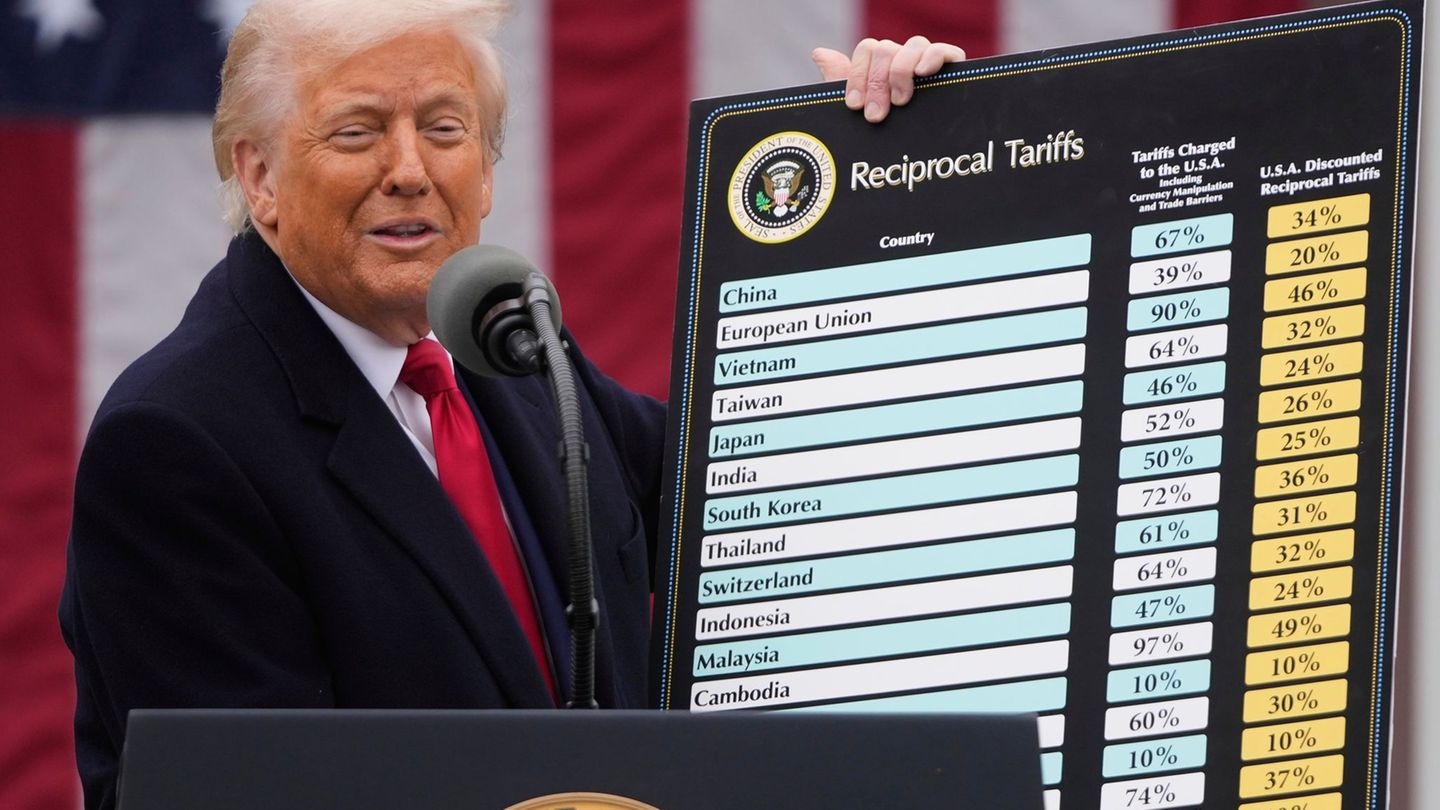The increasing pressure in the exchange market in recent days It does not favor price stability and the path of deceleration of inflation that the Government seeks. Tuesday was a new day with a strong downward trend in Argentine assets. The CCL accompanied the devaluation of regional currencies and closed with an increase of close to 1% ($ 1,310) while stocks and hard dollar bonds were pushed down by greater aversion to emerging assets and sustained weakness in commodity prices.
And this Wednesday, the trend continues the same path, although financial dollars calmed the upward trend. The COUNTRY risk exceeded 1,500 points, returning to the values at the end of last March. “This shows that the external financial environment of the first four months was very benevolent for Argentina and allowed prices to continue the recovery thanks to the measures of the new Government,” they point out from Delphos Investment.
The consulting firm maintains that for a few weeks now some “dark clouds” in emerging markets that hinder the Government’s commitment to continue reducing the country’s risk and accumulating reserves to later be able to make the Cepo more flexible. “Naturally, this increases local volatility and partially dilutes recent advances of local assets,” he adds.
More pressure on the government
Although the Government remains firm in its exchange rate adjustment policy of 2% monthly, persistent inflation puts pressure on this crawling-peg rate, which has been in effect since January. In addition, expectations of a greater devaluation in the official exchange rate in the future increase.which could have repercussions on prices.
This is how the perfect storm is set up that adds pressure to the Government, which could see how the inflation data that is already in MayAccording to the consulting firms, close to 5%. For example, from the study center directed by Marina Dal Poggetto, Eco Go, the food and beverage category ended May with an increase of 6.1%, already above the 5.6% registered in April. However, they estimated that the monthly index will show 4.9%.
Likewise, and in this context, the accumulation of Central Bank reserves continues at a slow pace and the uncertainty regarding the renewal of the maturities of the Chinese swap in June and July raises certain questions to the market after advances in the Bases law. Yesterday, only US$171 million were settled in the official exchange market, the lowest level since January 15, and the Central Bank was able to add US$48 million to reserves. “In this situation of greater volatility, the supply of dollars seems to decrease while the CCL continues its short-term upward trend,” says Delphos.
Inflation slowdown at risk
It is not just about the danger of impact of the rise in financial dollars, which puts pressure on the exchange gap and which could have an impact on some prices. In addition, the last week of May also showed a rebound in food and beverages, forcing a recalculation of the closing of the index for the month, but above all raising some doubts about the possibility of a further decrease in inflation going forward.
And it is thatthe widening of the exchange gap poses challenges for reducing inflation. Although the behavior of financial dollars contributed to stabilizing prices at the beginning of the year, the recent increase could reverse this trend. Furthermore, the increase in food prices does not bode well for June.
inflation supermarkets wholesale prices consumption
Reuters
Besides, The May figure would have been achieved with the help of postponing the increase in electricity and gas rates for middle and lower middle income households. However, this Wednesday it was already announced through the Official Gazette that June resumes cuts to subsidies, which adds more pressure to the inflation data.
Nor was the Fuel Transfer Tax so as not to have an excessive impact on gasoline prices. And the agreement with prepaid companies to return part of the increase applied to their clients also helped so that May could show a strong inflationary deceleration compared to the previous month.
Thus, the recent pressure in the exchange market does not favor price stability. Although the Government remains firm in its exchange rate adjustment policy of 2% monthly, persistent inflation puts pressure on this measure, in force since January. In addition, expectations of a greater devaluation in the official exchange rate in the future increase.which could have repercussions on prices.
Source: Ambito




